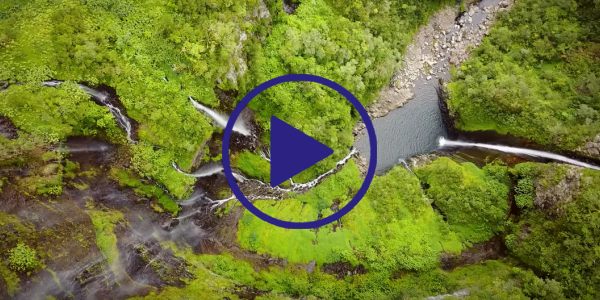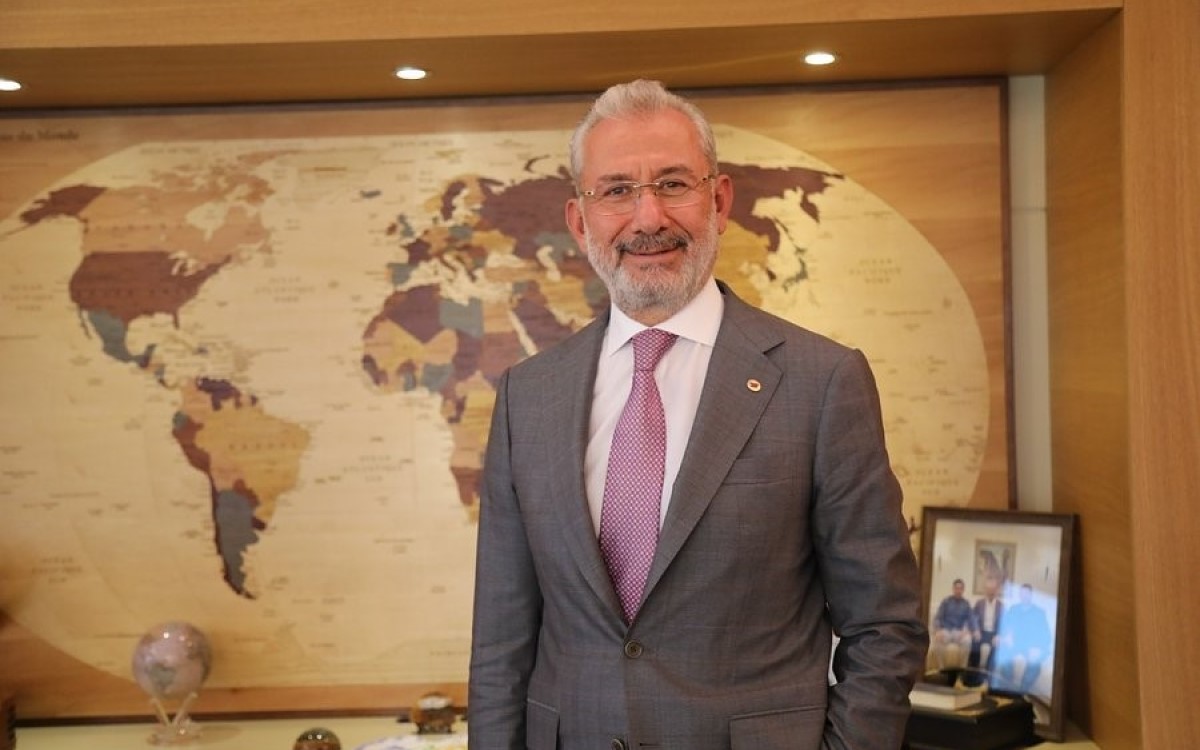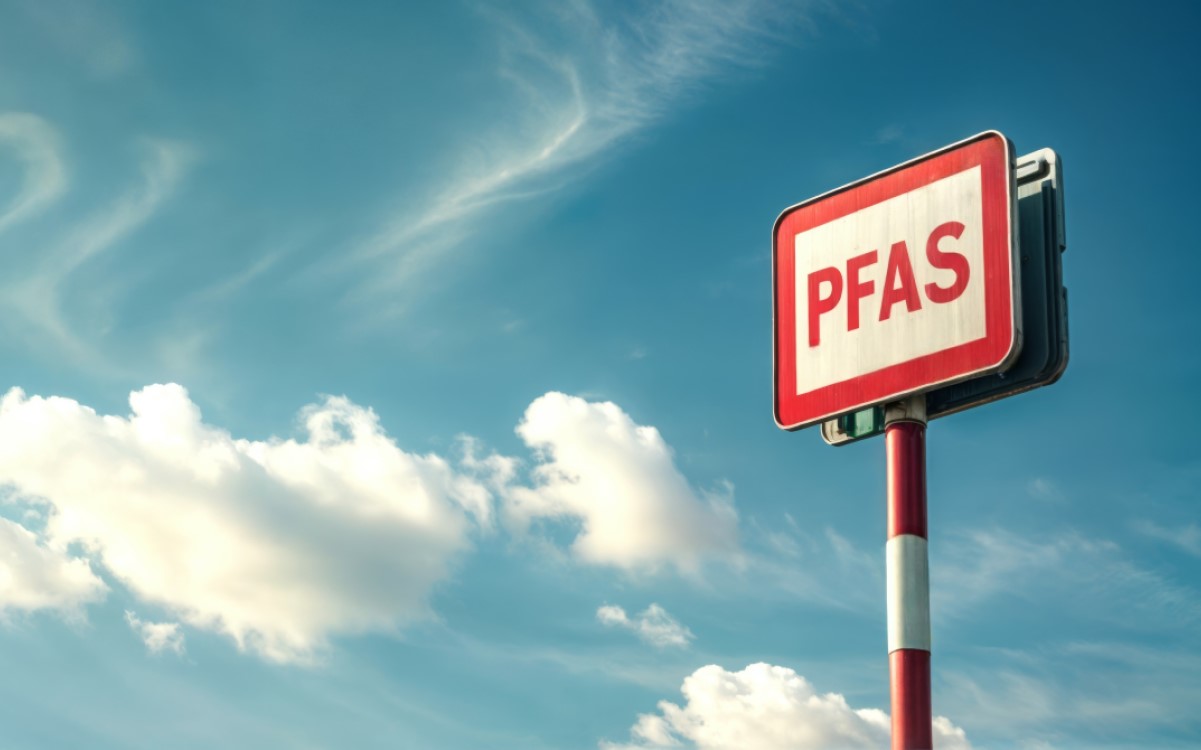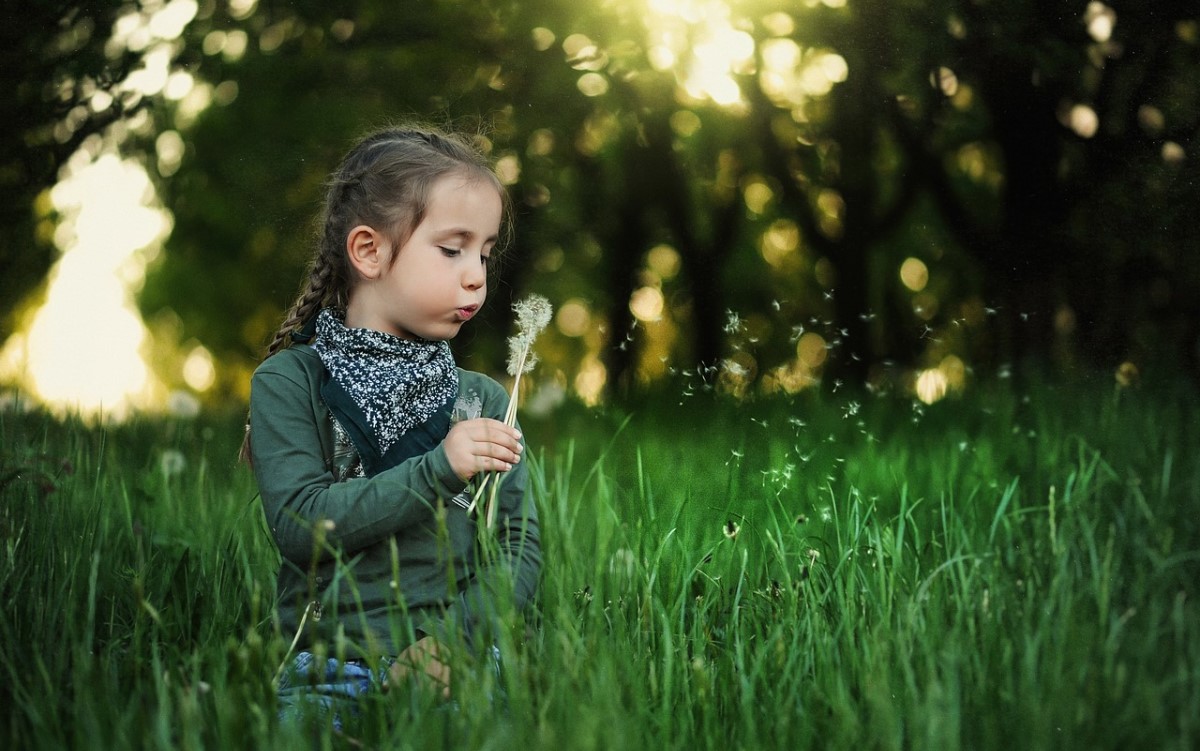Ocotober 4, 2022 | On planet Earth, fresh water is the source of life on land. How we manage our fresh waters, including the rain, dictates the environment that future generations will inherit. To easily understand this, one can think of the bank of fresh water in the Earth as a bank account.
If we’re always drawing from our bank account and never making any deposits, we all know how that goes. Eventually something comes up and we need a little extra and it’s not there. Then we get into a cycle of increasingly severe and crippling debt. It becomes very difficult to get out of this feedback loop of scarcity. In contrast, if we’re always depositing more into our bank account than we’re drawing from it, we also know how that goes. When something comes up and we need a little extra, we have it on hand in our savings from a year when we had more than we needed.
The same is true for the bank of fresh water in the Earth. But instead of money, it’s the productivity, abundance, and health of life on land. The ecosystems that regulate our climate, and the healthy underground aquifers that provide surplus in times of need. In this video, we take a closer look at this with an agricultural example, two farmers with different water and land management practices, and see how each plays out.
About Water Stories
Whether you’re experiencing Drought, Flood, or Fire, Extreme Weather, Water Scarcity, or Ecosystem Collapse – Water Stories is the place to transform your concerns into actions. Water Stories was created to empower you to revive landscapes and provide space to connect with communities taking action for a better common future.







